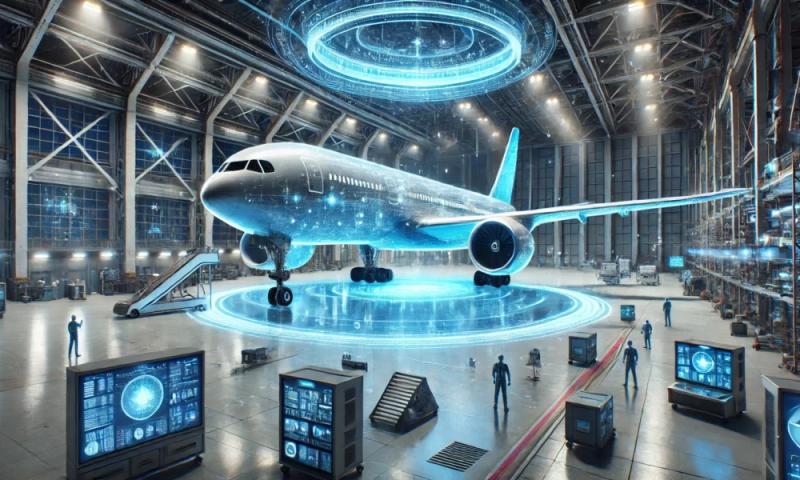In the vast expanse of space, the stakes are incredibly high. Spacecraft fault detection is a critical aspect of ensuring the success and safety of space missions. The introduction of AI for spacecraft fault detection marks a transformative era in aerospace, enhancing the reliability and efficiency of space travel. Let’s delve into how AI is redefining the landscape of space exploration.

Understanding the Need for Fault Detection
Spacecraft operate in an unforgiving environment, where even minor malfunctions can lead to catastrophic consequences. Fault detection systems are essential to identify and rectify issues promptly. Traditional methods, while effective, often lack the speed and precision required for modern missions. This is where AI steps in.
AI’s Role in Spacecraft Fault Detection
AI technologies are designed to mimic human cognitive functions, offering unparalleled capabilities in processing and analyzing vast amounts of data. In spacecraft fault detection, AI can swiftly identify anomalies, predict potential failures, and suggest corrective actions, thus ensuring mission safety and success.
How AI Detects Faults
AI systems utilize machine learning algorithms to analyze data from spacecraft sensors. These algorithms can detect patterns and anomalies that might indicate a fault. Once a potential issue is identified, the AI system can alert engineers and suggest possible solutions.
Benefits of Using AI
The integration of AI in fault detection offers numerous advantages:
- Speed: AI can process data and identify issues faster than human operators.
- Accuracy: Machine learning algorithms can discern subtle patterns that might be missed by traditional methods.
- Predictive Maintenance: AI can predict when components are likely to fail and recommend maintenance before a failure occurs.
Case Studies: AI in Action
Several space missions have successfully integrated AI for fault detection. For instance, NASA’s Mars Rover utilizes AI to ensure its systems are functioning optimally. The AI system can autonomously identify and resolve minor issues, allowing the rover to continue its mission with minimal human intervention.
Challenges and Considerations
While the benefits of AI are significant, there are challenges to consider. The development and implementation of AI systems require substantial resources. Additionally, ensuring the AI’s reliability and accuracy is paramount, as errors could lead to mission failure.
The Future of AI in Space Exploration
The use of AI in spacecraft fault detection is just the beginning. As technology advances, AI will play an increasingly integral role in space missions, from autonomous navigation to real-time data analysis. The potential for AI to revolutionize space exploration is immense.
For more insights into the future of AI in aerospace, you can visit AI in Aerospace Careers.
Conclusion
AI’s impact on spacecraft fault detection is profound, offering enhanced safety, efficiency, and reliability for space missions. As the technology continues to evolve, the possibilities for its application in space exploration are limitless. The future of space travel, bolstered by AI, promises to be safer and more successful than ever before.

Frequently Asked Questions (FAQ)
What is AI’s primary function in spacecraft fault detection?
AI’s primary function is to analyze data from spacecraft sensors to identify anomalies and potential faults, ensuring mission safety and efficiency.
How does AI improve fault detection compared to traditional methods?
AI improves fault detection by processing data faster and with greater accuracy, identifying patterns and anomalies that might be missed by human operators.
What are the challenges of implementing AI in spacecraft fault detection?
Challenges include the need for substantial resources for development and ensuring the AI’s reliability and accuracy to prevent mission failures.

